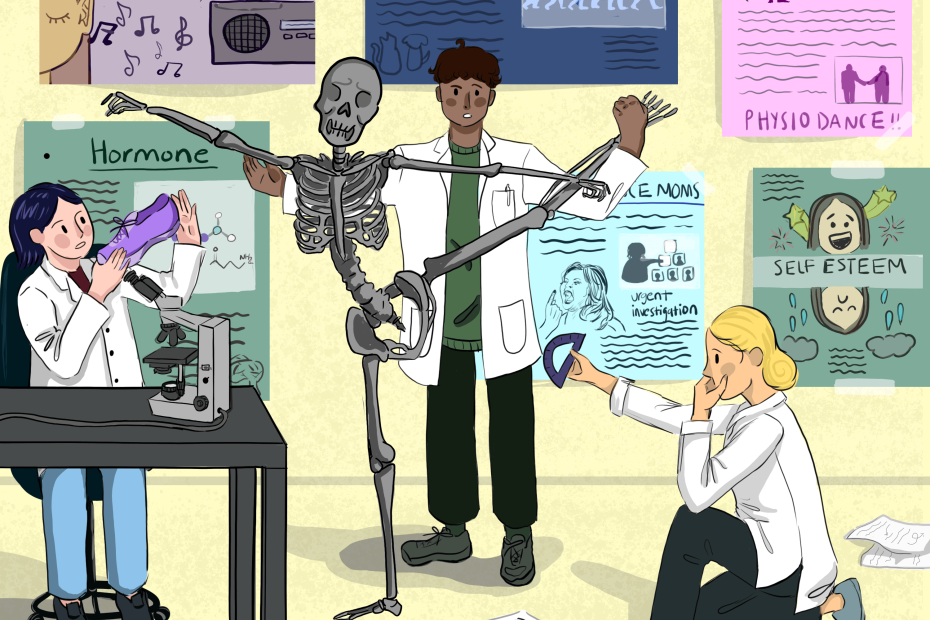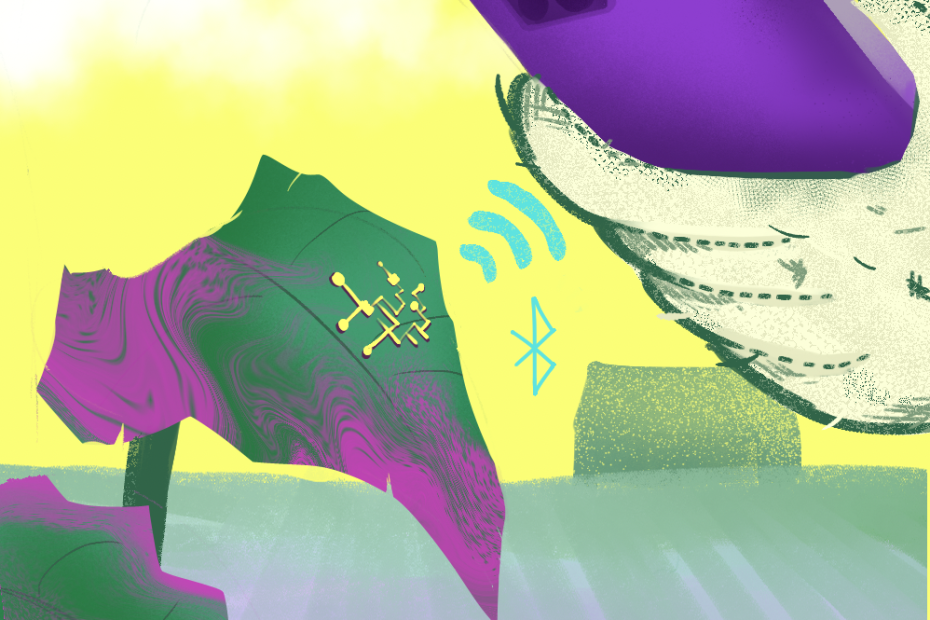Just Dance! It’s in our human nature
“You are the dancing queen”
“Oh, I wanna dance with somebody”
“Shut up and dance with me”
These are just a few popular examples of the countless song lyrics that communicate the exuberant feelings associated with dancing. Whether it is a feeling of satisfaction after learning complex choreography, intimacy felt between people embracing during a partner dance, or simply unabashed confidence when grooving behind closed doors, there is something deeply humanizing about dancing.

